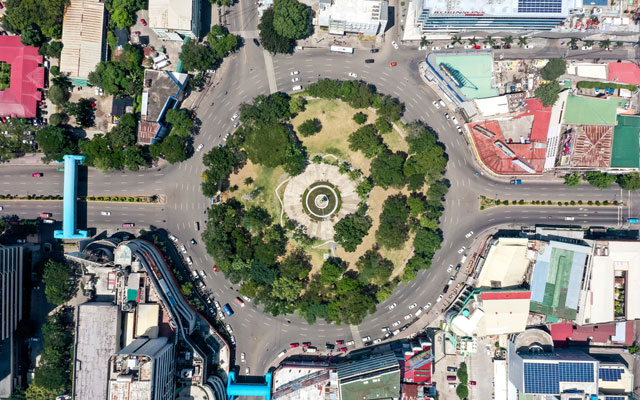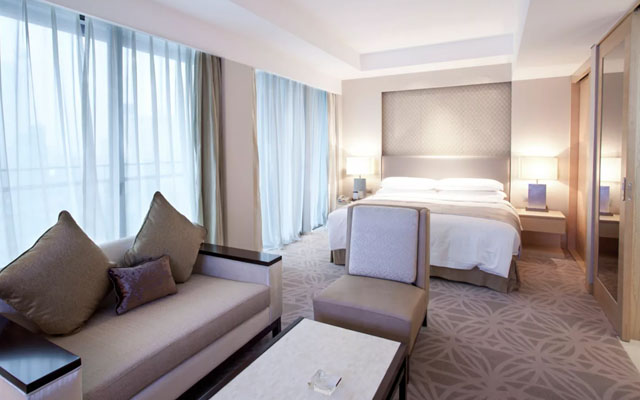Philippines’ hopes to jumpstart domestic tourism have been set back as the government reverts Cebu City back to enhanced general quarantine (ECQ), and extends the general community quarantine (GCQ) over Metro Manila – both until June 30 – as coronavirus surges.
In announcing the continued quarantine on June 15, the Inter-Agency Task Force (IATF) for the Management of Emerging Infectious Diseases said that the Covid-19 situation in metro Manila has not improved, while Cebu City has seen a surge in coronavirus cases under the relaxed GCQ.

The Philippines has the second highest number of Covid-19 infections in South-east Asia, breaching 26,000 cases, with 490 new cases on Monday, centred in Cebu City and metro Manila.
Besides metro Manila, also under GCQ are Cavite, Laguna, Batangas and Quezon in Luzon; Bohol, Cebu, Siquijor and Negros Oriental in the Visayas; and Davao City and Zamboanga City in Mindanao. Other areas have been downgraded into modified government community quarantine (MGCQ) – the lowest phase of quarantine where certain amount of tourism is allowed.
Elsewhere, Covid-19-free Boracay has started welcoming tourists again from Tuesday, but limited to locals from the Western Visayas region of Aklan, Antique, Capiz, Iloilo, Negros Occidental and Guimaras. Mandatory are the wearing of face masks, temperature checks and other safety protocols that were already approved by the Department of Tourism and the local government unit in the island.
Tourism secretary Bernadette Romulo-Puyat said the Department of Tourism (DOT) is mulling setting up “travel bubbles” or travel corridors in reopening tourism destinations with no or low Covid-19 cases to certain countries, citing the possibilities for Boracay, Bohol and Palawan.
Tourism Congress of the Philippines president Jojo Clemente said the “travel bubble” concept is being looked at from all angles, including risks in access points.
“It will take a while, but there’s no harm in preparing for it now,” he said, pointing out that most countries right now are still discouraging travel and have imposed a mandatory 14-day quarantine on incoming travellers.
As part of preparations to jumpstart domestic tourism, local carriers have been allowed to open limited commercial flights in at least eight airports while strict guidelines and protocols have been set for hotels, restaurants, and transport, with hotels allowed to operate at 50 per cent capacity; restaurants, 30 per cent; and buses and coasters, 50 per cent.
Partial dine-in operations of restaurants have resumed in GCQ areas since Monday. Meanwhile, salad bars and buffets, in-house play areas, libraries, karaoke machines and ancillary leisure facilities are still banned from operating.
As part of health protocols, DOT-accredited restaurants are allowed to operate at only 50 per cent capacity, and must ensure that diners fill out health declaration forms, monitor employees’ temperatures, and provide staff with personal food safety apparel and training, and annual check-ups.




















